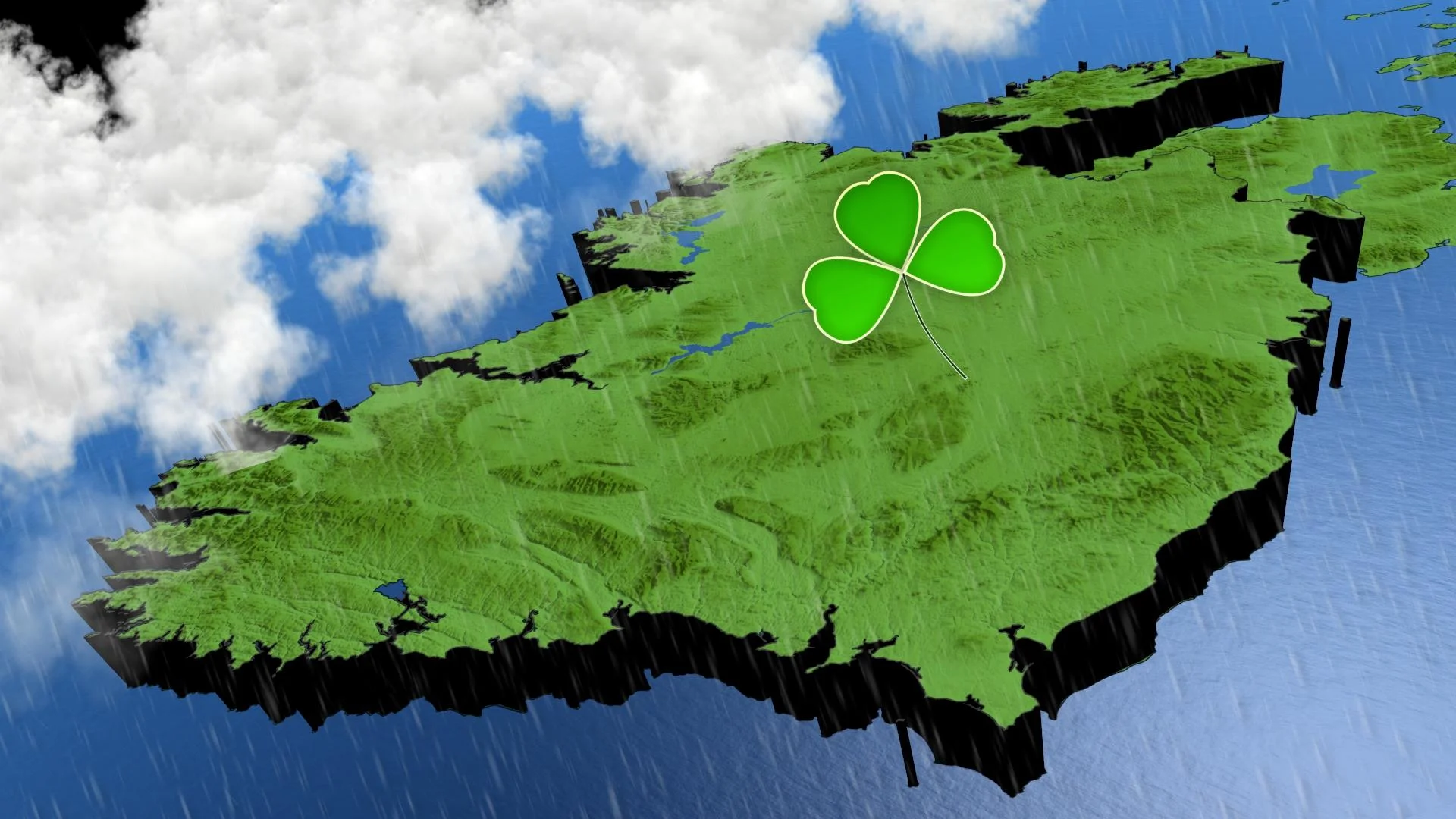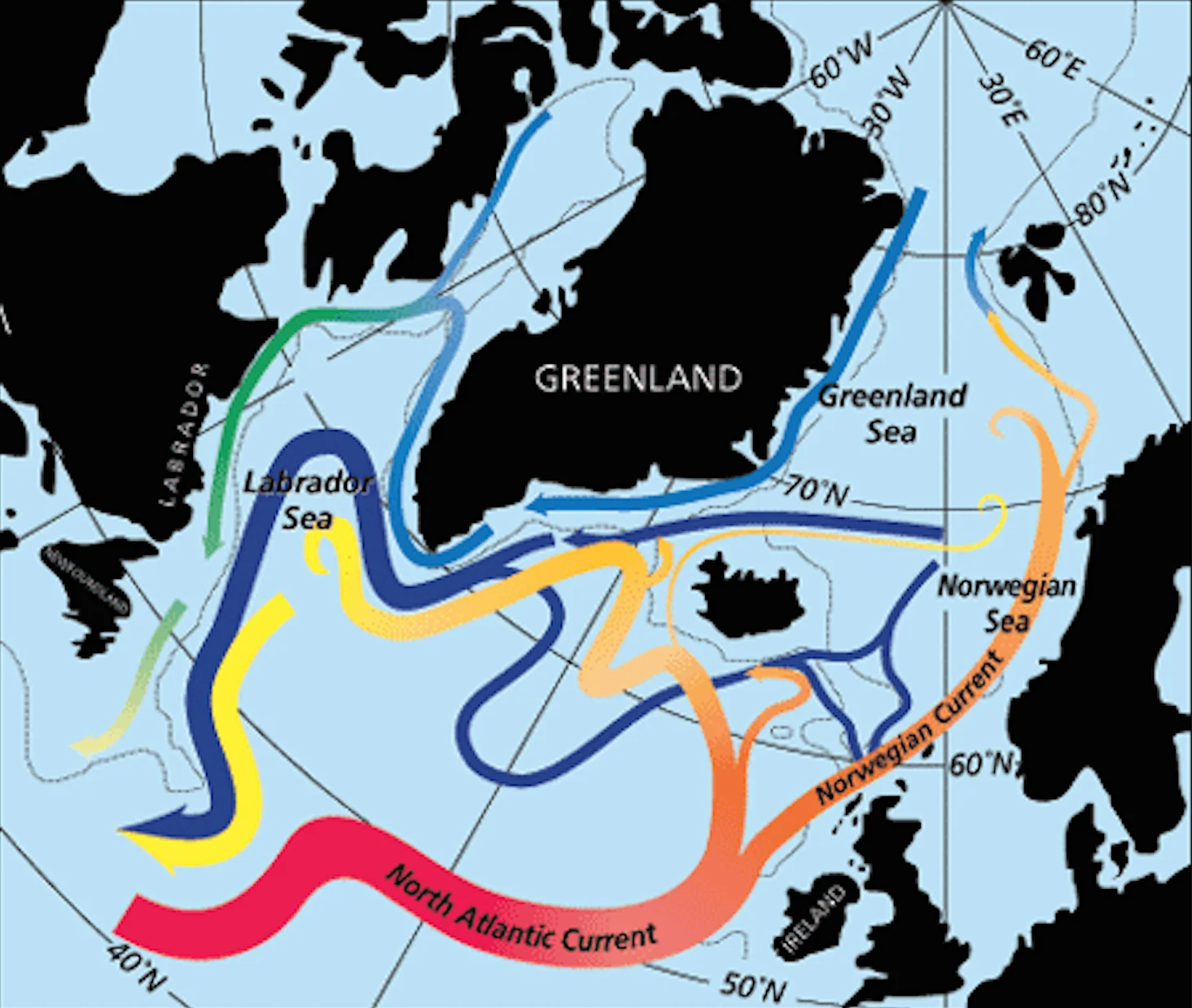
How weather helped shape a global green holiday
When you think of St. Patrick's Day, only one colour comes to mind. Ireland's iconic green secrets lie within these simple weather patterns.
On March 17, the colour green has no limits. Millions across the world wear green, eat green foods and drink green drinks, with some cities even going as far as dying rivers green. These activities are all part of St. Patrick's Day traditions.
Known as the Emerald Isle, there is no better colour to represent Ireland on St. Patrick’s Day than green. But, at similar size and latitude to Canada's own Atlantic island, Newfoundland, what are Ireland's secrets to its luscious green landscape?
Visit our Complete Guide to Spring 2023 for an in-depth look at the Spring Forecast, tips to plan for it and much more!
It comes down to less weather extremes and more mild conditions hidden in the ocean and atmosphere.
The first secret lies within the ocean water, known as the Atlantic overturning circulation.

Courtesy: NASA
Ireland is on the warm side of the Atlantic meridional overturning circulation (AMOC), allowing the sea to insulate Ireland, moderating the coastline's temperatures. In contrast, Newfoundland resides on the cold side of the circulation, as waters from the Arctic Ocean flow from the north, bringing chillier coastal waters to the region.
The result: Ireland is considerably warmer when compared to Newfoundland.
The second secret lies in the air, specifically atmospheric moisture.

Although closer to Canada, the Gulf of Mexico provides Ireland with moisture and precipitation on a consistent basis. Ireland is perfectly situated to benefit from these Gulf-based atmospheric rivers. Atlantic Canada sees them from time to time, but the transportation more frequently flows from west to east, working with global circulation rather than south to north, which requires strong storm systems.
This Gulf moisture highway across the Atlantic ocean also transports milder subtropical air, protecting Ireland from temperature extremes more often than Newfoundland. Overall, Ireland's climate is more mild, moderated and rainy, the perfect recipe for grass to grow.
Ireland's plentiful moisture and considerably warmer climate than that of Newfoundland helps to promote growth to its bountiful grassland, proving grass truly does grow greener on the other side -- at least when it comes to the Atlantic Ocean.











